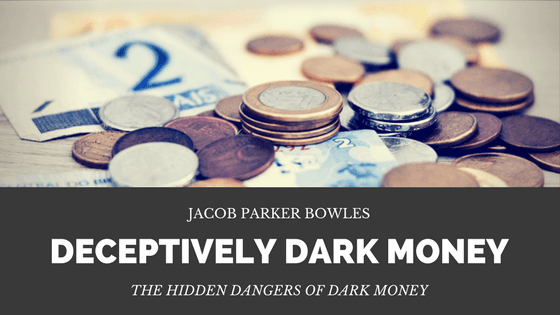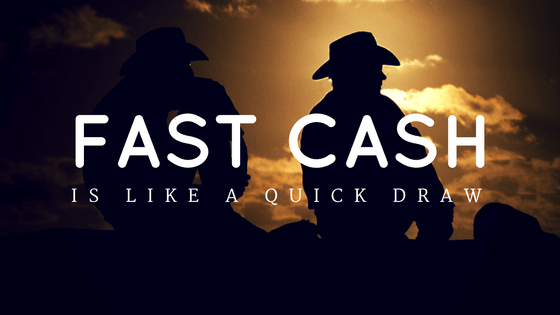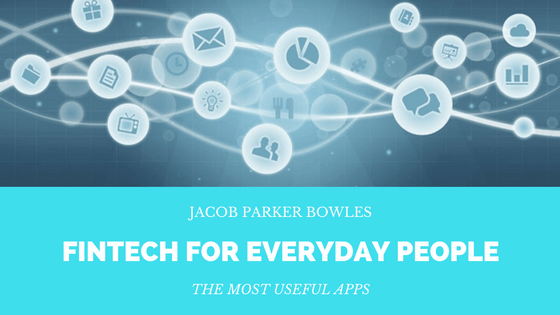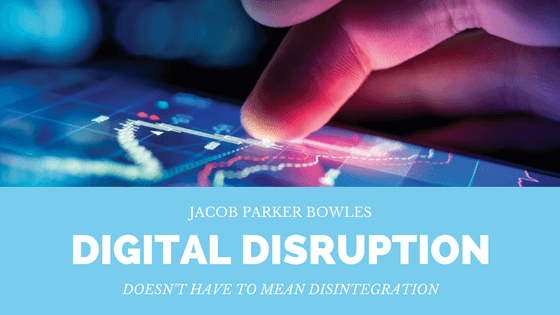Unless you’re involved in the financial industry or politics, then you may have no idea what dark money even is, but you’ve probably heard the term tossed around by politicians and the media. It sounds like something shady and mysterious that could get the owner into trouble, and that is pretty much exactly what it is. However, dark money transactions occur all the time and government officials do nothing to stop it. And why would they? Dark money, since gaining traction in the United States during the 2010 midterm election, fuels elections, playing such a large role in the campaigns of political figures that it would be futile to try to reverse its existence.
I should probably explain what dark money actually is before getting into why it’s so dangerous and its power to influence elections. Dark money is essentially just money that is donated to nonprofit organizations or super PACs (political action committees) from various undisclosed donors to influence the decisions of voters in elections, mainly in the form of political advertisements- so if you’ve ever seen one of those propagandistic political commercials that seem to play on an endless loop around the time of elections, then you’ve no doubt witnessed the products of dark money.
The use of dark money to influence elections has taken off exponentially in just the few years it has been in use. According to the Center for Responsive Politics, spending from nonprofit organizations that do not disclose their donors has increased from $5.2 million in the 2006 election to $300 million in the 2012 presidential elections and $174 million in the 2014 midterm elections. In the most recent election period, political organizations outside of official party/campaign groups spent over $15 million in 2015 alone and only reported $5 million to the Federal Election Commission (FEC).
There is debate over just how much dark money influenced President Trump’s campaign, with Andy Kroll citing in an article for Mother Jones that while Trump initially denounced donations from outside groups to fund his campaign, he ultimately raised more than $300 million from wealthy and small-dollar donors, lobbyists, and businesses, which he used to pay consultants, pollsters, fundraisers, and ad makers to run the promotional end of his campaign. Additionally, according to Kroll, he received more than $100 million in anonymous support from dark money groups.
Whether or not these statistics are entirely factual is beside the point. It’s clear that dark money has come to play a large role in elections. Undisclosed funds are indisputably shady transactions, yet there are generally two camps when it comes to dark money, which helps to explain why this practice isn’t going anywhere anytime soon.
Campaign finance reform activists
While many people outside of politics or finance may feel uncomfortable about dark money, there are those who are staunchly against it. Campaign finance reform activists, encompassing groups such as Democracy 21 and the Campaign Legal Center, argue that voters have the right to be informed of who is funding political campaigns. According to the Center for Public Integrity, “Such information, they assert, is essential to voters’ ability to evaluate the merits of political messages- and to know if certain special interests may be trying to curry favor with politicians.”
Supporters of anonymity in politics
Then there are those that defend dark money, those that support anonymity in politics and assert that founding documents such as The Federalist Papers and Thomas Paine’s Common Sense were published anonymously. The Center for Competitive Politics argues that the threat of dark money is “overblown” and “disclosure comes with a cause,” meaning donors have the right to remain anonymous to avoid harassment or negative press.
As these views demonstrate, there are two sides to every story. However, the risks associated with dark money cannot be ignored, and its influence in political elections is undeniable.




